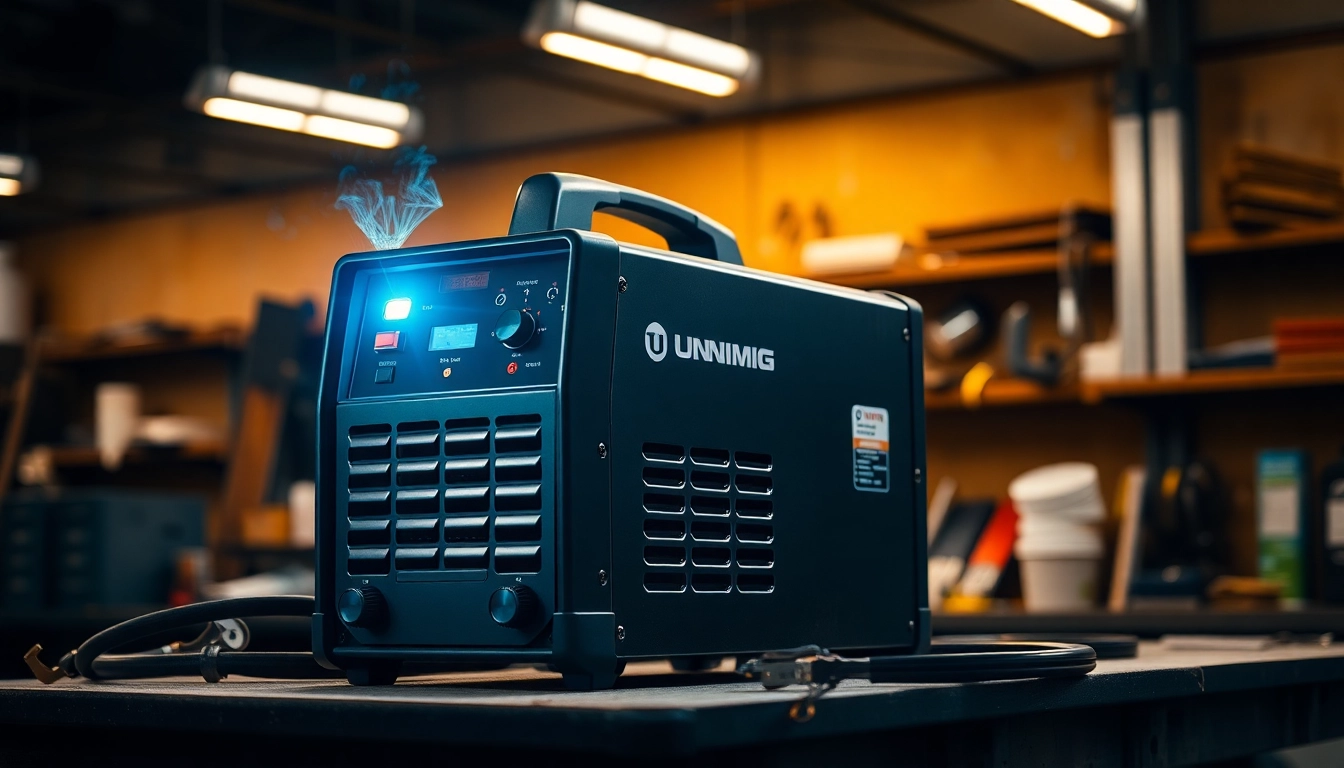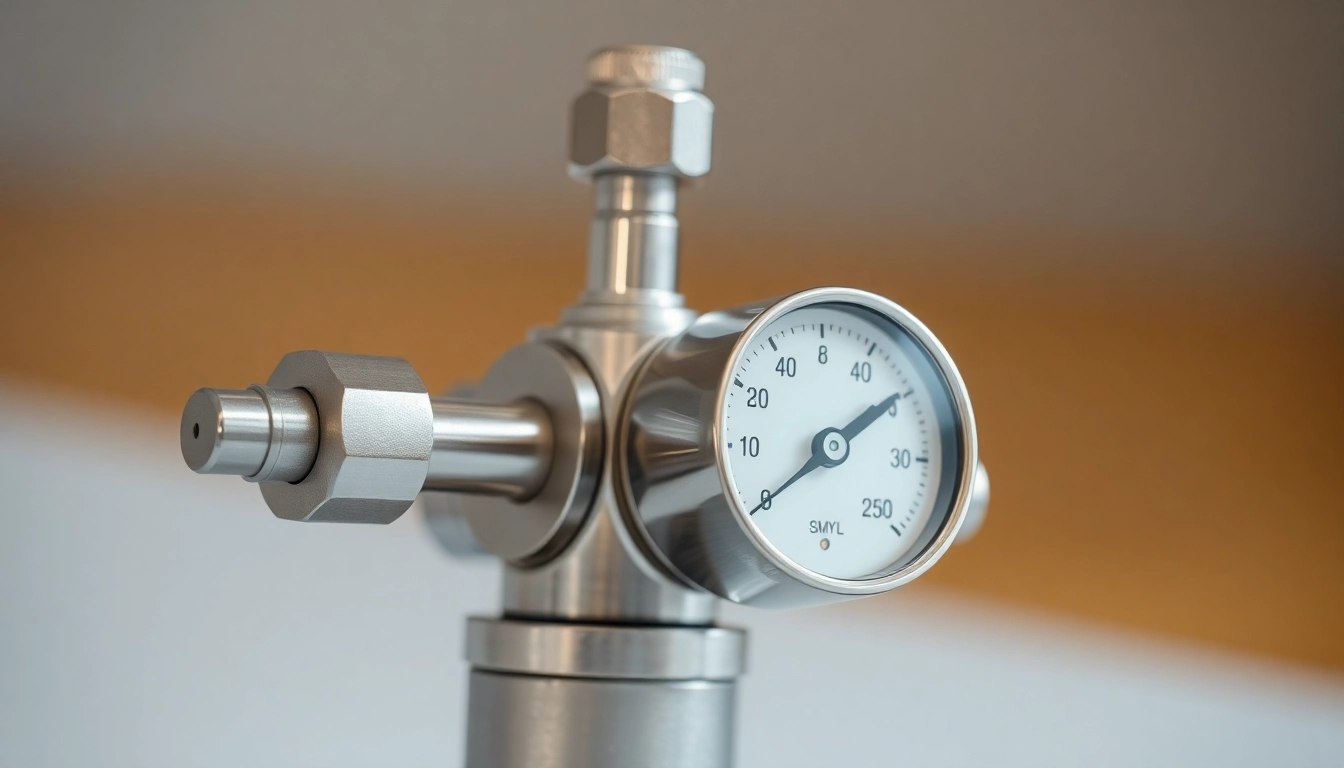Introduction to the Unimig Viper Series
The unimig viper series includes a range of welding machines designed for both hobbyists and professionals. Unimig, an Australian brand known for its high-quality welding equipment, has engineered the Viper line to provide versatility and performance across different welding applications. This article will delve into the Unimig Viper series, explore its features, and help you understand its value in the marketplace.
What is the Unimig Viper?
The Unimig Viper series is a collection of multi-process welding machines that cater to various welding needs: MIG, TIG, and Stick welding. With models like the Viper 185, 165, and 120, these machines are designed to be user-friendly, compact, and portable, making them suitable for both home use and professional environments. These welders provide ample power and precision for projects ranging from small repairs to more intricate fabrication tasks.
Key Features of the Unimig Viper
The Unimig Viper welders come equipped with several compelling features, including:
- Multi-Process Capability: Each model in the Viper series is capable of handling MIG, TIG, and Stick welding processes, making them versatile tools for various applications.
- Compact and Lightweight: The Viper models are designed for easy portability, which is essential for on-site work and home projects.
- User-Friendly Controls: Models include intuitive settings that simplify the welding process, including synergic modes that automatically adjust parameters based on selected materials.
- Robust Construction: Designed for durability, Viper welders are built to withstand the rigors of frequent use while maintaining reliable performance.
- Affordable Pricing: The Viper range is competitively priced, providing great value for both beginners and seasoned welders.”
Target User Base: Hobbyists vs. Professionals
The Unimig Viper series is ideal for a diverse range of users. Hobbyists appreciate the ease of use, portability, and affordability, making it a perfect choice for home repairs and DIY projects. Professionals who require a reliable and versatile machine for light to moderate industrial applications also find value in the Viper series. It’s particularly beneficial for those who need a single machine that can adapt to varying tasks, thus enhancing productivity and efficiency.
Comparing Unimig Viper Models
Differentiating Between Viper 185 and Other Models
The Unimig Viper 185 is one of the standout models in the series, but how does it compare to its siblings? The Viper 185 boasts a power output of 185 amps, allowing it to tackle thicker materials compared to models like the Viper 120, which is more suitable for lighter tasks. Meanwhile, the Viper 165 offers similar capabilities but at a slightly lower price point.
When deciding between these models, users should consider factors such as:
- Welding Thickness: The Viper 185 can handle up to 10mm steel, while the 120 is limited to thinner materials.
- Power Supply: All Viper models are designed for 10 amp plugs, but higher models deliver more amperage for versatile applications.
- Portability: While most Viper models are lightweight, the specific needs for traveling and transportation might affect the choice of model.
Pricing and Value Consideration of Unimig Vipers
Pricing for the Unimig Viper series starts from around $300 for the entry-level models and goes up to approximately $999 for the Viper 185. This range makes the Viper series accessible for various budget levels while providing quality tools for serious welders. Value is evaluated not only in terms of cost but also in performance, longevity, and versatility, with the Unimig Vipers often praised for their ability to handle multiple functions.
Performance Metrics Across Models
When assessing the performance of the Viper series, consider the following metrics:
- Welding Current Range: The Viper 185 offers a wide current range from 30-180A, making it suitable for diverse tasks.
- Duty Cycle: The duty cycle varies per model, with the Viper 185 providing around 60% at max output, which is commendable in this price range.
- Material Compatibility: All models can handle materials like steel, stainless steel, and aluminum, further broadening their usability in various projects.
Setup and Operation of the Unimig Viper
How to Set Up Your Unimig Viper Welder
Setting up your Unimig Viper welder is a straightforward process. Follow these steps to get started:
- Unboxing and Inspection: Carefully unpack your welder and check for any visible damage or missing parts.
- Choosing the Right Welding Wire: Select the appropriate wire for your project—typically solid wire for MIG welding and filler rods for TIG.
- Connecting to Power: Ensure that you use a compliant 10A power outlet and avoid using extension cords to prevent potential overloads.
- Setting the Controls: Adjust the voltage and wire feed speed according to the specifications of the materials you’re working with.
- Test Welding: Start with a few test welds on scrap material to perfect your settings before moving on to your actual project.
Common Operating Procedures
Operating the Unimig Viper effectively involves understanding the nuances of each welding process:
- MIG Welding: Ensure the gas flow is set correctly for shielding. Adjust the wire feed speed based on metal thickness.
- TIG Welding: Utilize a clean work surface and ensure that your tungsten is properly sharpened for precision.
- Stick Welding: Choose the right electrode based on the material and maintain correct arc length during welding.
Tips for Maintaining Your Welder
Regular maintenance is vital for the longevity and performance of your Unimig Viper. Here are several maintenance tips:
- Keep it Clean: Regularly blow out dust and debris from inside the machine to prevent overheating and component wear.
- Inspect Cables: Routinely check cables and connections for wear and tear; replace if necessary to ensure safety and efficiency.
- Store Properly: When not in use, store the welder in a dry, cool place to protect it from environmental damage.
Applications of the Unimig Viper in Various Industries
Home DIY Projects with the Unimig Viper
The versatile nature of the Unimig Viper makes it an exceptional choice for home DIY projects. Here are some popular applications:
- Metal Furniture: Crafting custom metal furniture, from tables to chairs, can easily be accomplished with a Viper welder.
- Automotive Repairs: Hobbyists repairing classic cars can utilize the Viper’s capabilities for bodywork and fabrication.
- Artistic Projects: Artists can create metal sculptures and designs, leveraging the precision of the welder.
Professional Applications in Fabrication
In professional settings, the Unimig Viper is employed in a range of industrial applications:
- Metal Fabrication Shops: Ideal for fabricating parts for various industries, including automotive and manufacturing.
- Construction: Used for minor steelwork and repairs in construction, showcasing its reliability on job sites.
- Repair Shops: Excellent for general repairs and custom builds in mobile repair shops, thanks to its portability.
Case Studies of Successful Welds
Many users have shared testimonials about their successful projects using the Unimig Viper models. A notable case involves a small metal-working business that successfully transitioned to using the Viper 185 for much of their fabrication work, reducing cycle times and increasing product quality. They found that the synergic functions allowed for faster setups, leading to enhanced productivity in a competitive market.
Choosing the Right Welding Machine for Your Needs
Unimig Viper vs. Competitors: A Comparative Analysis
When selecting a welder, it’s crucial to compare the Unimig Viper series with competitors. Top alternatives include machines from brands like Lincoln and Miller, which are renowned for their performance but can often come at a higher price point. While these brands offer premium products, the Viper provides a great balance of affordability and functionality, especially for small businesses and hobbyists.
Factors to analyze include:
- Price: Unimig often offers comparable models at lower prices.
- Features: Unimig’s user-friendly designs cater to both beginners and advanced users.
- Customer Support: Unimig has a reputation for solid customer service, providing guidance and assistance when needed.
Frequently Asked Questions About the Unimig Viper
Here are some common questions regarding the Unimig Viper series:
- Can the Viper 185 weld aluminum? Yes, the Viper 185 is capable of welding aluminum, though users should ensure they’re using the proper filler material.
- What’s the difference between Viper and Razor models? The Razor series has higher amp outputs and additional features, making it suitable for heavier industrial work.
- How thick can the Viper 185 weld? The Viper 185 can effectively weld metals ranging up to 10mm, depending on the material type and welding technique.
Final Recommendations for Buyers
When considering a purchase, evaluate your specific welding needs, budget constraints, and the type of projects you plan to undertake. The Unimig Viper series offers excellent value for those who prioritize flexibility and ease of use. For hobbyists and professionals alike, it combines the practicality of a multi-process welder with impressive performance capabilities. Regardless of whether you opt for the Viper 185, 165, or any other model, it is a worthy investment in your welding endeavors.




